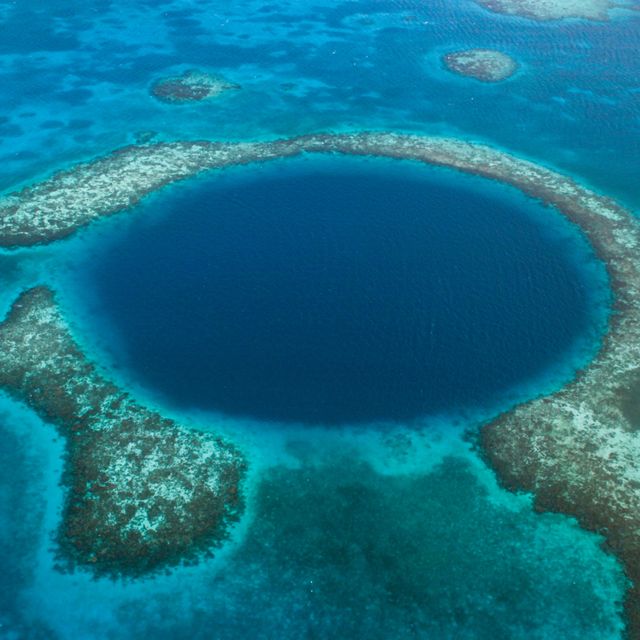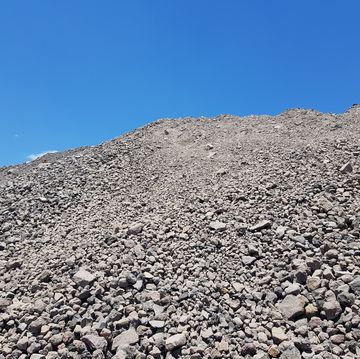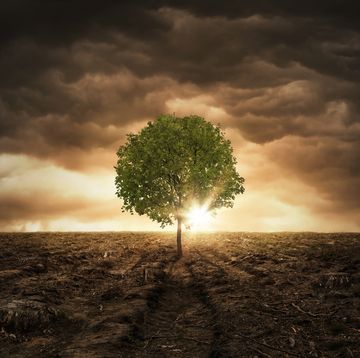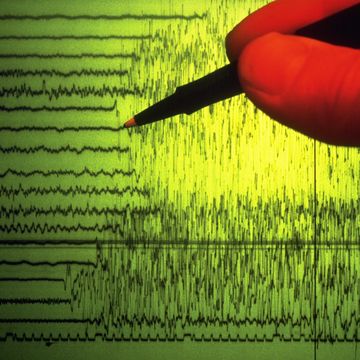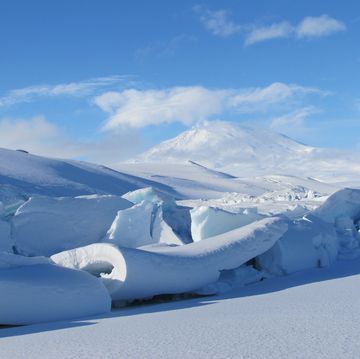- Scientists have released a study of their 2021 discovery of the world's second-deepest blue hole off the Mexican Yucatan Peninsula coast.
- At about 900 feet deep, the blue hole find trails only one other in depth—the Dragon Hole in the South China Sea.
- The new blue hole features steep slopes forming a conic structure with the study of microbial diversity below an intriguing possibility.
The mysterious world of blue holes just got a bit more intriguing, thanks to the discovery of what is now considered the world's second-deepest blue hole. Guided by tips from fishermen, scientists from Colegio de le Frontera Sur explored a tropical estuary off the southeastern coast of the Yucatan Peninsula in Mexico and found a blue hole. It spans 147,000 square feet across and dips 900 feet down.
The world's largest blue hole—the Dragon Hole in the South China Sea—isn't much deeper than this newly discovered one. It clocks in at about 980 feet deep. Unsurprisingly, the scientists names their new discovery the Taam ja' Blue Hole, using the Mayan language phrase for deep water.
While the new blue hole was discovered in 2021, the researchers only recently detailed their findings in a study published in Frontiers in Marine Science. With a circular opening near the surface, just 15 feet below sea level, the steep 80-degree-plus slopes form a large conic structure the scientists say is covered by biofilms, sediments, limestone, and gypsum ledges.
Studying the microbial diversity of these blue holes can offer a glimpse into the type of life surviving in the unique environment.
The National Oceanic and Atmospheric Association calls blue holes underwater sinkholes. Made of karst (calcium carbonate rock), they are known as ecological hot spots. "Blue holes are diverse biological communities full of marine life including corals, sponges, mollusks, seat turtles, sharks, and more," NOAA says. "The seawater chemistry in the holes is unique."
Our knowledge of blue holes is limited by accessibility issues, sometimes due to opening being too small or the depths being so great, and sometimes due to limited oxygen in the water, making it dangerous to explore without specialized equipment.
With the openings of blue holes being below sea level, the karst walls block tidal flows, creating a unique mixture of water properties within the hole. The study says that "water properties change significantly with temperature and salinity gradients" in the Taam ja' blue hole and hydrographic profiles show a layered water column with a low-oxygen layer atop a gas-heavy layer atop another layer with virtually no oxygen.
This gas-rich environments that fill with hydrogen sulfide don't destroy all life, but instead give a home to more extreme biology that finds comfort in oxygen-depleted areas. This unique mixture of water properties and biological life invites scientists to explore the depths of blue holes to learn more about their makeup and the life that can exist within.
Tim Newcomb is a journalist based in the Pacific Northwest. He covers stadiums, sneakers, gear, infrastructure, and more for a variety of publications, including Popular Mechanics. His favorite interviews have included sit-downs with Roger Federer in Switzerland, Kobe Bryant in Los Angeles, and Tinker Hatfield in Portland.
